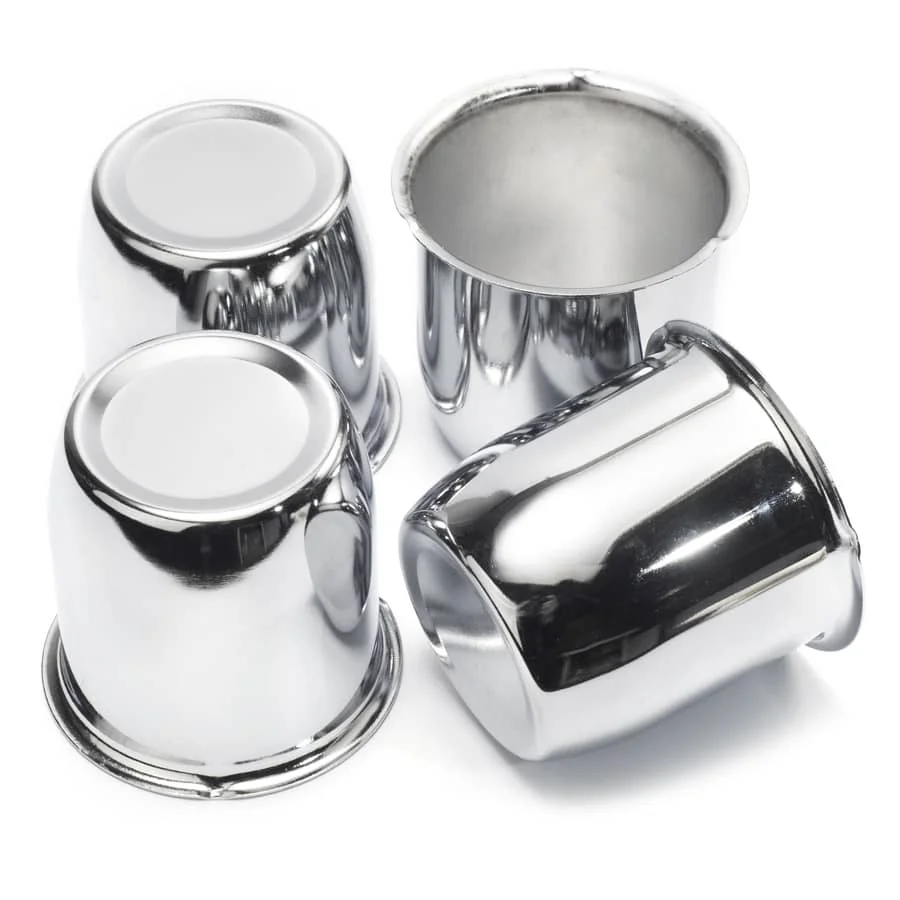Among the many push through center caps at Rheedal, the 304 stainless steel push-through center cap is the most recommended product. Due to the performance of this material, it tends to be much more expensive than center caps made of other materials. Therefore, today we are talking about carbon steel push through center caps. It has a similar performance to the stainless steel center cap, but the price is much cheaper, let’s take a look at the advantages and disadvantages of the carbon steel push-through center caps.

- Advantages of carbon steel push-through center caps:
① Strength and rigidity: carbon steel has high strength and rigidity, allowing it to withstand most stresses and loads.
② Abrasion resistance: carbon steel push-through center caps have good abrasion resistance and high durability for environments and applications that are subject to wear and abrasion.
③ Reliability and Durability: Carbon steel’s reliability and durability make it a dependable material for long-term use. It can withstand heavy loads, vibration, and deformation while maintaining its structural integrity and performance.
④ Economical: Compared to many other alloys, carbon steel is less expensive to manufacture and easier to obtain. This makes carbon steel an economical choice for many industries.
⑤ Environmentally Friendly: Carbon steel is a recyclable material that can be recycled through the recovery and reuse process. This helps reduce resource consumption and environmental impact.

2. Disadvantages of carbon steel push-through center caps
① Corrosion susceptibility: carbon steel is susceptible to corrosion in wet, acidic, or alkaline environments
② Cold temperature brittleness: some carbon steels become brittle at low temperatures and are prone to fracture. Therefore, special attention needs to be paid to the temperature range of carbon steel when using it in low-temperature environments.
Overall, carbon steel push-through center caps are an excellent choice for their strength, workability, wear resistance, and economy. At the same time, the suitability of carbon steel needs to be evaluated in light of specific application and environmental requirements, and precautions, such as corrosion-resistant coatings, alloying improvements, and temperature control, need to be taken where needed to mitigate the effects of its shortcomings.

